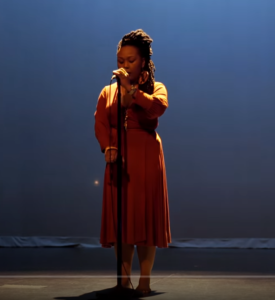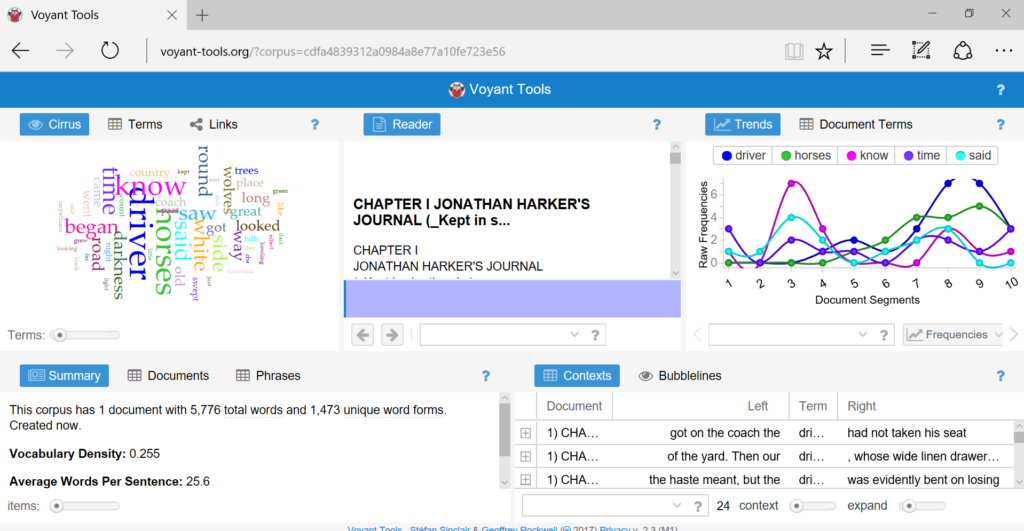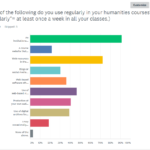It’s already Week 4 of my second time offering a DH@CC course: “Reading, Writing, and Digital Culture.” It took 2 years to get the name changed in the catalog from “Introduction to Digital Humanities,” which no one on my campus understood!
The very first things students do in my class is to create a course-dedicated blog (or at least a course-dedicated page on an extant blog) and to introduce themselves on it, and so I did the same thing here. I walk everyone through the weeks as I see them unfolding, hoping I can stick somewhat to the plan. Although I couldn’t fit it in last year, I am working really hard to put together a modified/right-sized instructional demo for students to create a digital edition using smart phones and cheap apps. This idea and some of the scaffolding is totally indebted to Shawna Ross at Texas A&M, who provided a comprehensive introduction to this work in a webinar on programming for humanists. Her book with Claire Battershill, Using Digital Humanities in the Classroom, is out this year from Bloomsbury Academic.
If I do manage to teach my online students how to create a digital edition–of a menu, or a letter, of a book chapter–then it will be as part of their larger Omeka archive project, which makes up the heart of the second half of the term. Last year’s students struggled for the first couple weeks trying to figure it all out, but the feedback I got by the end of the term was that it was incredibly meaningful for students to be able to curate their own digital collection.
Next week, I’m working with Annemarie Hamlin at Central Oregon CC in a collaborative assignment with her students. Both classes will share their work in a Google doc and use the comments feature to talk to one another about their discoveries. Tune in in a couple weeks and I’ll let you know how it goes!



